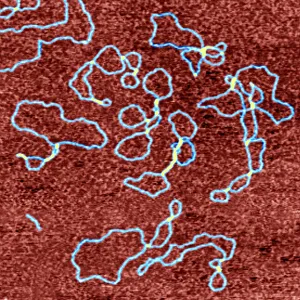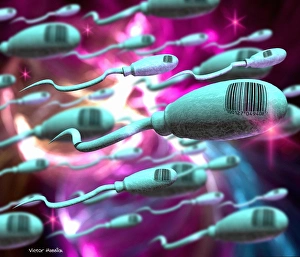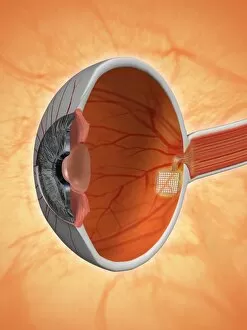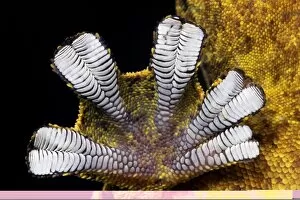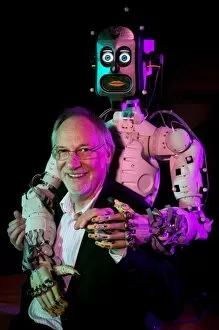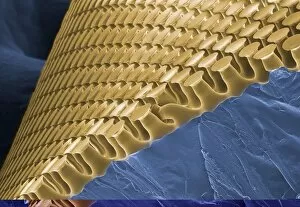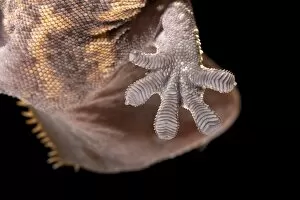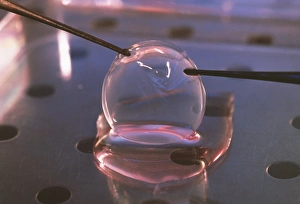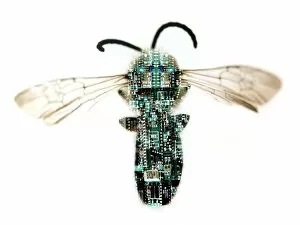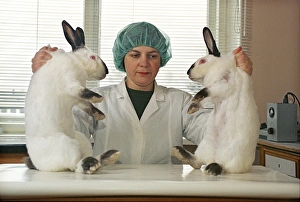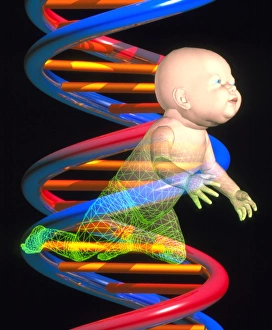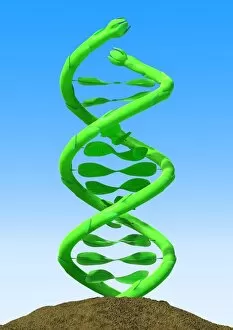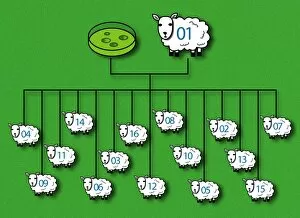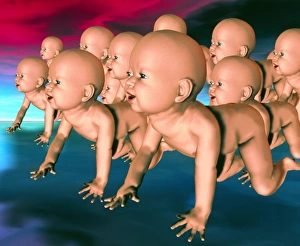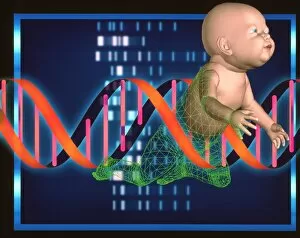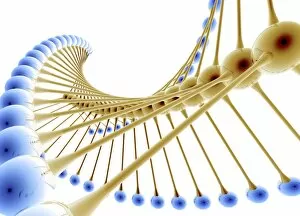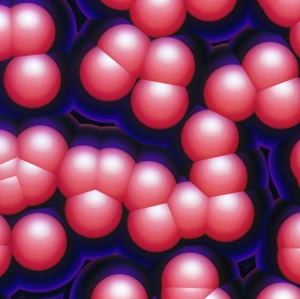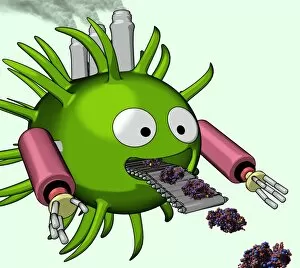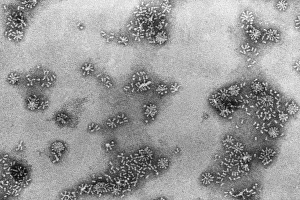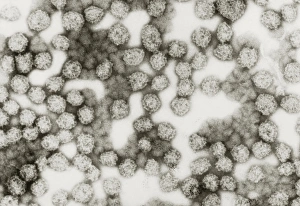Bioengineering Collection
Bioengineering is revolutionizing the world of science and medicine, merging biology with engineering to create groundbreaking innovations
All Professionally Made to Order for Quick Shipping
Bioengineering is revolutionizing the world of science and medicine, merging biology with engineering to create groundbreaking innovations. In the realm of cancer treatment, anti-cancer drugs are now being designed to specifically target and bind to DNA, offering hope for more effective therapies. The use of Atomic Force Microscopy (AFM) enables scientists to visualize these interactions at a nanoscale level, unraveling the mysteries of cellular processes. Advancements in they have also paved the way for remarkable developments in vision restoration. Retinal implants have emerged as a beacon of hope for those suffering from visual impairments, bridging the gap between technology and human perception. These implants not only restore sight but also inspire awe through their artistic integration into our eyes. Synthetic biology takes center stage with conceptual artwork that pushes boundaries and challenges our understanding of life itself. One such piece, C018 / 0907, captures the essence of this field by depicting intricate molecular structures intertwined with vibrant colors - an ode to nature's complexity harnessed by human ingenuity. Drawing inspiration from nature's marvels, engineers have studied gecko feet meticulously - leading to breakthroughs like artificial gecko foot adhesives (C014 / 0313). These adhesive materials mimic the incredible grip exhibited by geckos on various surfaces (C014 / 0963), opening doors for innovative applications ranging from robotics to medical devices. Speaking of robots, Bristol Robotics Laboratory's BERT2 robot showcases how bioengineering has transformed automation. This humanoid creation combines cutting-edge technology with biomimicry principles - seamlessly blending mechanics and biology into one harmonious entity capable of performing complex tasks. Bioengineers continue their quest towards improving healthcare systems beyond conventional means. Inspired by shark skin's antibacterial properties, they've developed surfaces that repel harmful bacteria effectively while ensuring hygiene standards remain intact – a game-changer in infection control.

